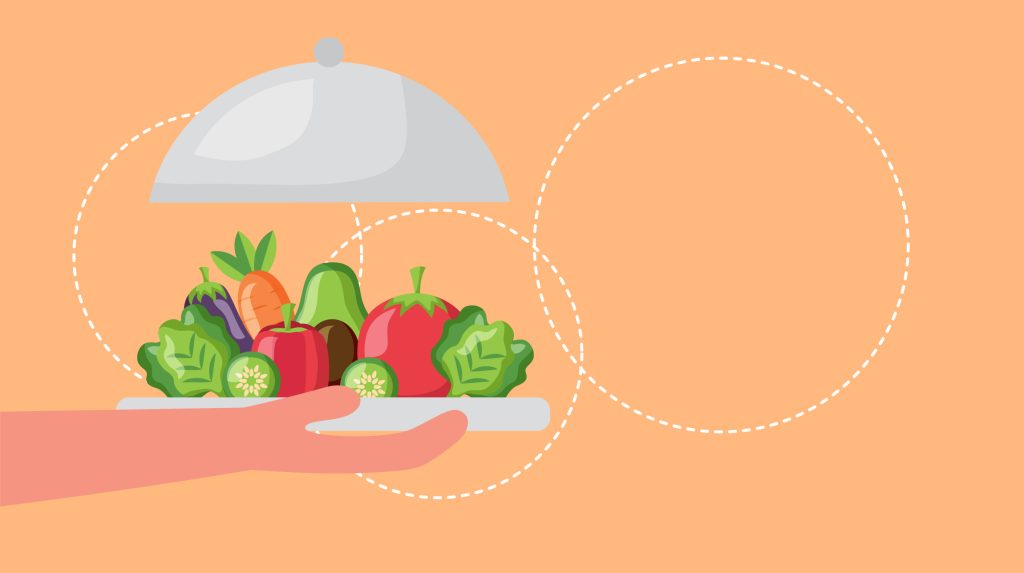INNOVATIONS OF VACCUM-FRIED FOOD PROCESSING TECHNOLOGY
INNOVATIONS OF VACCUM-FRIED FOOD PROCESSING TECHNOLOGY
Vacuum frying is a food processing technology that involves frying food products at lower temperatures under reduced atmospheric pressure or vacuum conditions. Unlike traditional deep frying, which typically occurs at higher temperatures, vacuum frying allows for the frying process to take place at lower temperatures, which helps preserve the natural characteristics of the food and reduces the formation of undesirable compounds such as acrylamide.
In this method, the atmospheric pressure is reduced, allowing for frying at lower temperatures compared to traditional deep frying. The process typically takes place in a vacuum chamber where the pressure is lowered, causing water to evaporate at lower temperatures. This helps preserve the natural characteristics of the food, including color, flavor, and nutritional content. Vacuum frying is often used for producing snacks like fruit and vegetable chips, providing a perceived healthier option due to reduced oil absorption and potential retention of nutritional elements compared to conventional frying methods.

The vacuum frying process involves placing food items into a vacuum chamber and lowering the pressure, which, in turn, reduces the boiling point of water. As a result, moisture within the food evaporates at lower temperatures, preventing the food from overcooking or becoming overly crispy. The reduced frying temperature helps retain the color, flavor, and nutritional content of the food, making vacuum-fried products more similar to their fresh counterparts compared to conventionally fried snacks.
This technology is commonly used for processing fruits, vegetables, and other snack items. Vacuum-fried products are often perceived as healthier alternatives to traditionally fried snacks due to the lower oil absorption and potential preservation of nutritional elements.
Vacuum-fried foods are products that have undergone the vacuum frying process. In this method, food items are fried under reduced atmospheric pressure or in a vacuum environment, as opposed to the normal atmospheric pressure used in traditional deep frying. This unique processing technique offers several advantages:
- Lower Frying Temperature: Vacuum frying allows for the use of lower frying temperatures compared to conventional deep frying. This is because the reduced pressure lowers the boiling point of water, which minimizes the risk of overcooking and helps preserve the natural characteristics of the food.
- Preservation of Color and Flavor: The lower frying temperatures help retain the natural color, flavor, and nutritional content of the food. This is particularly beneficial for fruits, vegetables, and other delicate food items that may be sensitive to high heat.
- Reduced Oil Absorption: Vacuum-fried foods typically absorb less oil compared to conventionally fried products. This can result in snacks that are perceived as healthier since they contain less oil and fat.
- Crisp Texture: Despite the lower frying temperatures, vacuum-fried foods can still achieve a desirable crisp texture, making them enjoyable as snacks.
Common examples of vacuum-fried foods include fruit chips, vegetable chips, and other snack items. These products often appeal to health-conscious consumers seeking alternatives to traditionally fried snacks while still enjoying the taste and texture of crispy treats.
Vacuum frying is a food processing technology that involves frying food products at lower temperatures under reduced atmospheric pressure or vacuum conditions. Unlike traditional deep frying, which typically occurs at higher temperatures, vacuum frying allows for the frying process to take place at lower temperatures, which helps preserve the natural characteristics of the food and reduces the formation of undesirable compounds such as acrylamide.
In this method, the atmospheric pressure is reduced, allowing for frying at lower temperatures compared to traditional deep frying. The process typically takes place in a vacuum chamber where the pressure is lowered, causing water to evaporate at lower temperatures. This helps preserve the natural characteristics of the food, including color, flavor, and nutritional content. Vacuum frying is often used for producing snacks like fruit and vegetable chips, providing a perceived healthier option due to reduced oil absorption and potential retention of nutritional elements compared to conventional frying methods.

The vacuum frying process involves placing food items into a vacuum chamber and lowering the pressure, which, in turn, reduces the boiling point of water. As a result, moisture within the food evaporates at lower temperatures, preventing the food from overcooking or becoming overly crispy. The reduced frying temperature helps retain the color, flavor, and nutritional content of the food, making vacuum-fried products more similar to their fresh counterparts compared to conventionally fried snacks.
This technology is commonly used for processing fruits, vegetables, and other snack items. Vacuum-fried products are often perceived as healthier alternatives to traditionally fried snacks due to the lower oil absorption and potential preservation of nutritional elements.
Vacuum-fried foods are products that have undergone the vacuum frying process. In this method, food items are fried under reduced atmospheric pressure or in a vacuum environment, as opposed to the normal atmospheric pressure used in traditional deep frying. This unique processing technique offers several advantages:
- Lower Frying Temperature: Vacuum frying allows for the use of lower frying temperatures compared to conventional deep frying. This is because the reduced pressure lowers the boiling point of water, which minimizes the risk of overcooking and helps preserve the natural characteristics of the food.
- Preservation of Color and Flavor: The lower frying temperatures help retain the natural color, flavor, and nutritional content of the food. This is particularly beneficial for fruits, vegetables, and other delicate food items that may be sensitive to high heat.
- Reduced Oil Absorption: Vacuum-fried foods typically absorb less oil compared to conventionally fried products. This can result in snacks that are perceived as healthier since they contain less oil and fat.
- Crisp Texture: Despite the lower frying temperatures, vacuum-fried foods can still achieve a desirable crisp texture, making them enjoyable as snacks.
Common examples of vacuum-fried foods include fruit chips, vegetable chips, and other snack items. These products often appeal to health-conscious consumers seeking alternatives to traditionally fried snacks while still enjoying the taste and texture of crispy treats.